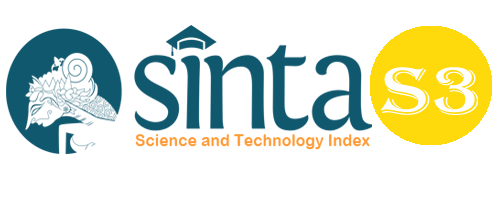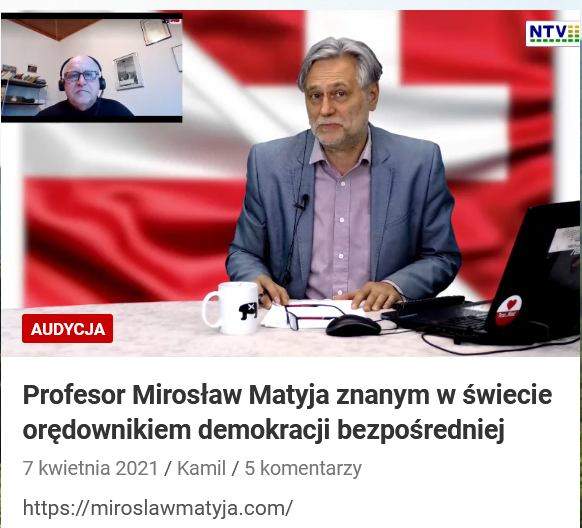Communication Pattern of Wilayatul Hisbah, Lhokseumawe City in Implementing Amar Makruf Nahi Mungkar
Abstract
Keywords
Full Text:
PDFReferences
A. Hasjmy, Dustur Dakwah Menurut Al-Quran, Jakarta: Bulan Bintang, 1994.
A. Rahmat Rosyadi, dan M. Rais Ahmad, Formalisasi Syariat Islam DalamPerspektif Tata
Hukum Indonesia, Bogor: Ghalia Indonesia, 2006.
Abu Ya‘la Muhammad Ibn al-Husaini al-Farra’, al-Alkām al-Sulthāniyyāh, Mesir: Matba‘ah Mustāfa al- Bābī al- Halabī, 1973.
Elbi Hasan Basri, Metode Dakwah Islam, Kontribusi Terhadap PelaksanaanSyari‘at Islam di Provinsi NAD, Banda Aceh: Ar-Raniry Press, 2006.
Furqoni dalam Rena Kinnara Arlotas: Gambaran Coping Stres pada Wilayatul Hisbah yang di Tempatkan di Desa.USU Repository,Medan, 2010 .
Hafied Cangara, Pengantar Ilmu Komunikasi. Jakarta: Raja Grafindo
Husnul Arifin Melayu, “Eksistensi Wilayat al-Hisbah dalam Islam” dalam Soraya Devy, dkk,Politik dan Pencerahan Peradaban, Banda Aceh: Ar-Raniry Press, 2004.
Juhari, “Peran Wilayatul Hisbah Dalam Menegakkan Dakwah Struktural di Kota Banda Aceh” dalam Muslim Zainuddin, dkk, Agama dan Perubahan Sosial Dalam Era Reformasi di Aceh, Banda Aceh: Ar-Raniry Press, 2004.
Kertas Kebijakan Materi Dialog,kebijakan Komnas Perempuan Tentang Pelaksanaan Syariat Islam di Aceh,Banda Aceh,10 Oktober 2005.
Lexy J. Moleong, Metodologi Penelitian Kualitatif,Bandung:Remaja Rosdakarya, 2005.
Louis Ma’luf, al-Munjid fi al-Lughah wa al-’A‘lam, Beirut: Dār al-Masyriqi, 1997.
M. Burhan Bungin, Sosiologi Komunikasi; Teori, Paradigma, dan Diskursus Teknologi Komunikasi di Masyarakat, (Jakarta: Kencana), 2008.
M. Hasbi Amiruddin, Republik ‘Umar bin Khatab, Yogyakarta: Total Media, 2010.
M. Tata Taufik, Etika Komunikasi Islam; Komparasi komunikasi Islam dan Barat, Bandung: Pustaka Setia, 2012.
Moleong, Metodelogi Penelitian Kualitatif, Remaja Rosda Karya, Bandung, 1989.
Morissan, Teori Komunikasi Individu Hingga Massa. KDT. Jakarta2013.
Muh. Zuhri, Potret Keteladanan Kiprah Politik Muhammad Rasulullah,Yogyakarta: LESFI, 2004.
Muhammad Abdul Qadir Abu Fariz, Sistem Politik Islam, Jakrta: Rabbani Press, 2000.
Muhammad Ahmad al-Rasyid, al-Muntalaq, terj Abu Sa‘id al- Falahi, Titik Tolak: Landasan Gerak Para Aktivis Dakwah, Jakarta: Robbani Press,
Richard L. Johannesen, Ethics in Human Comunication dalam Dedy Jamaluddin Malik, Etika Komunikasi, (Bandung: Remaja Rosdakarya), 1996.
Ridwan Hasan, hukum adat Vs Teologi dan Syariat Islam dalam Wilayatul Hisbah Di Nanggroe Aceh Darussalam (NAD), The 9th Annual Conference On Islamic Studies (ACIS), Surakarta 2009,hlm 1.
Rosadakarya, 2005.
Ruben, Brend D dan Lea P. Stewart. 2013. Komunikasi dan Prilaku Manusia.
Rusjdi Ali Muhammad, Revitalisasi Syari‘at Islam di Aceh, Problem, Solusi, dan Implementasi, Jakarta: Logos Wacana Ilmu, 2003.
Santosa, Slamet. Dinamika Kelompok. Jakarta: Bumi Aksara, 2006.
Sayyid Muhammad, Al-Wahdāt al-Islamiyyāh, terj Ali Yahya, Persatuan Islam,Jakarta: Lentera Baristama, 1997.
Sehat Ihsan Shadiqin , Islam Dalam Masyarakatkosmopolit: Relevankan Syariat Islam Aceh Untuk Masyarakat Modern, Annual Conference on Islamic Studies Banjarmasin, 1-4, November 2010.
Topo Santoso, Membumikan Hukum Pidana Islam, Penegakan Syari‘at DalamWacana danAgenda, Jakarta: Gema Insani Press, 2003.
Tresna,” Bertamasya Ketaman Ketatanegaraan,” Dibya,Bandung, 1998.
Wahbah al-Zuhailȳ, al- Fiqh al- Islamiyyi wa Adillatuh, Dimasq: Dār al- Fikri, 1997.
Wahyu Ilaihi, Komuniaksi Dakwah, (Bandung: Rosdakarya), 210.
Yusuf al-Qaradhawy, al-Siyāsat al-Syar‘iyyāh terj Kathur Suhardi, Pedoman BernegaraMenurut Perspektif Islam, (Jakarta: Pustaka al-Kautsar, 1999.
Zubir Rahman, Eksitensi Jaksa ditengah-tengah Masyarakat, Ghalia Indonesia, Jakarta, 1985.
DOI: https://doi.org/10.33258/birci.v1i4.109
Article Metrics
Abstract view : 421 timesPDF - 311 times
Refbacks
- There are currently no refbacks.

This work is licensed under a Creative Commons Attribution-ShareAlike 4.0 International License.

This work is licensed under a Creative Commons Attribution-ShareAlike 4.0 International License.

_.gif)

















_.gif)



